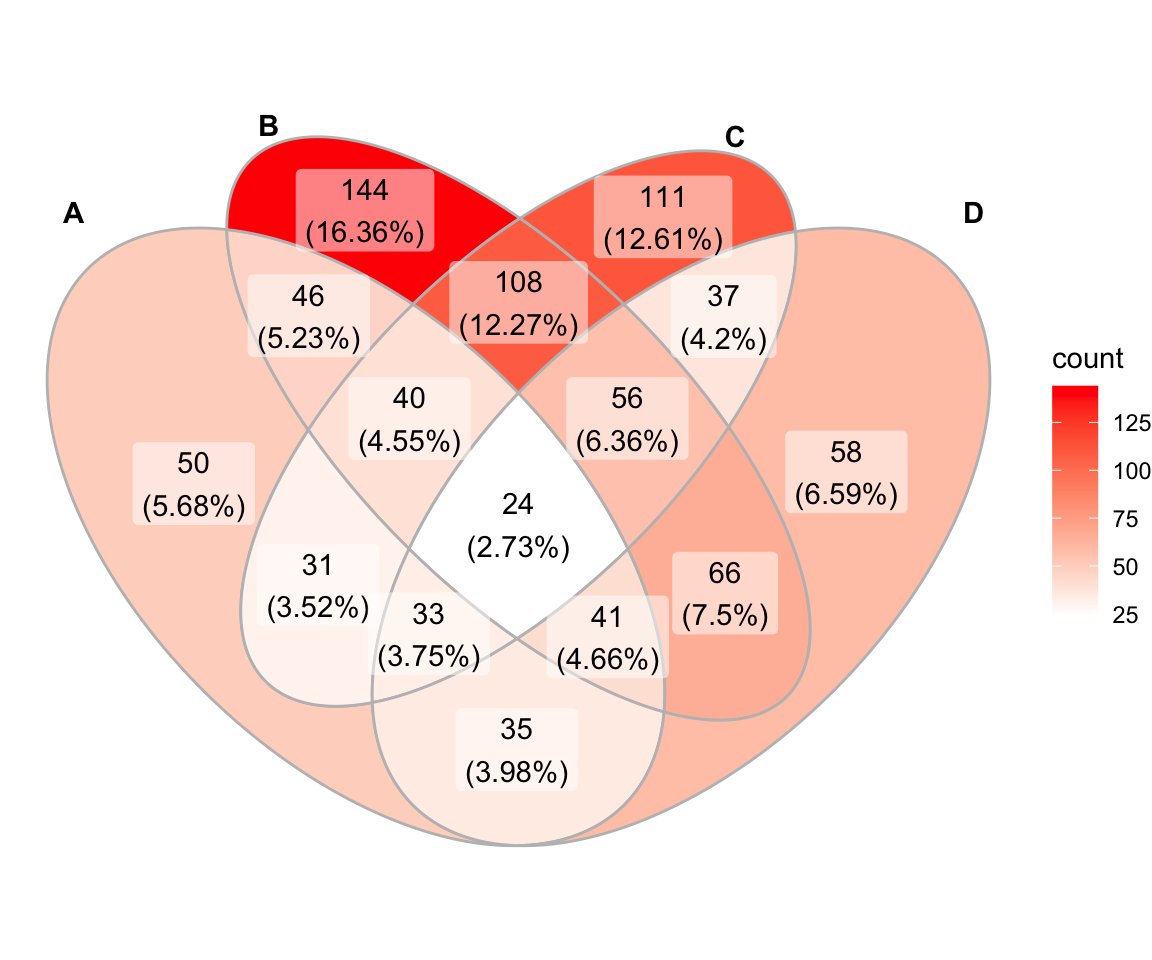1/ Bayesian inference is a powerful statistical framework that allows us to estimate the probability distribution of parameters based on data and prior knowledge. And R has a variety of packages for implementing Bayesian analysis! #rstats #datascience #Bayesian
2/ First up, there's 'rstan', which provides R interfaces to the popular Stan modeling language. It includes a suite of powerful algorithms for Bayesian inference, including Markov Chain Monte Carlo (MCMC) sampling and Variational Bayes (VB). #rstats #stan
3/ Another popular R package for Bayesian analysis is 'JAGS', which stands for Just Another Gibbs Sampler. It's an alternative to Stan that uses a different MCMC algorithm, and can be easier to use for some types of models. #rstats #JAGS
4/ 'brms' is a newer package that provides an interface to Stan, but with a more user-friendly syntax. It allows you to specify complex Bayesian models using formulas, and provides built-in functions for model selection and comparison. #rstats #brms
5/ If you're interested in Bayesian regression modeling, check out 'rstanarm'. It provides an easy-to-use interface to Stan for fitting a wide variety of regression models, including linear, generalized linear, and mixed-effects models. #rstats #rstanarm
6/ 'BayesFactor' is another useful package for Bayesian analysis, which allows you to perform model selection and hypothesis testing using Bayes factors. It provides a unified framework for comparing models, and can be used for a wide variety of tests. #rstats #BayesFactor
7/ Finally, if you're working with spatial data, 'INLA' is a powerful package for Bayesian inference that uses integrated Laplace approximations. It allows you to fit complex spatial models with large datasets, and provides efficient MCMC algorithms for inference. #rstats #INLA
• • •
Missing some Tweet in this thread? You can try to
force a refresh
 Read on Twitter
Read on Twitter








